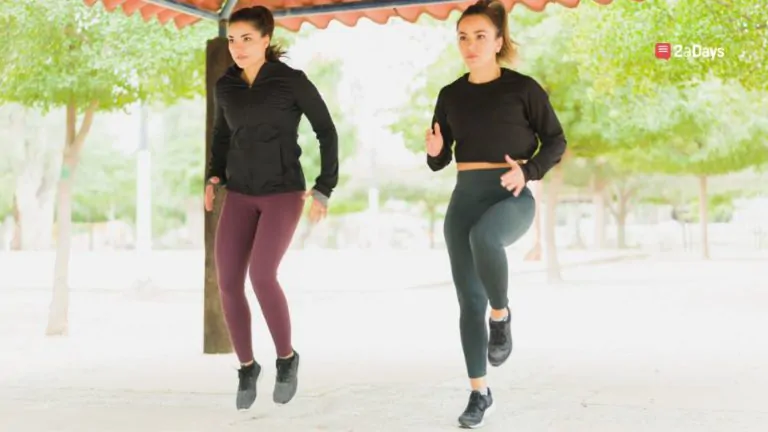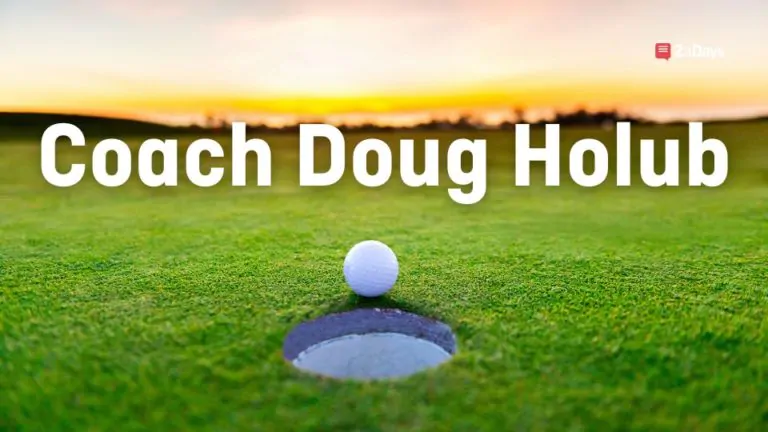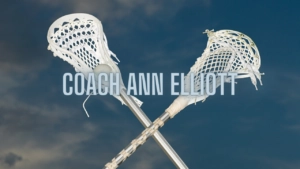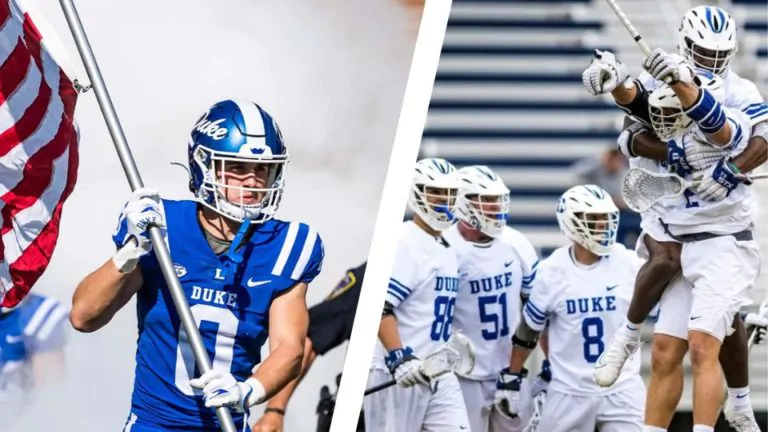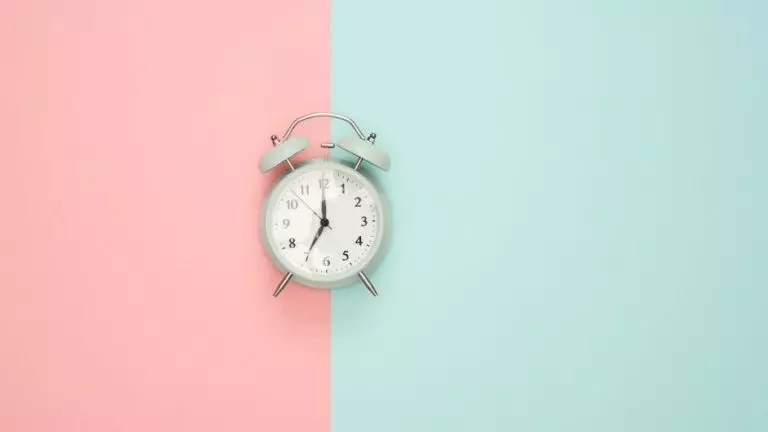These days, athletes grow up exceeding the recommended amount of daily training for their sport. The American Heart Association recommends that “kid's 6-17 years old should get at least 60 minutes per day of moderate-to-vigorous-intensity physical activity, mostly aerobic,” which is a piece of cake for an aspiring college athlete like me. Training with aspirations to be a Division 1 volleyball athlete, I thought I was setting myself up for a long, healthy life, but the truth is, training accelerated my aging process. Today, I'm doing everything in my power to recover from injuries.
My Story
In my junior year of high school, I began experiencing patellar tendonitis symptoms, and for the next two years, I would only feel pain at the end of long tournaments, and by my next practice, I was back to playing with little, if any, discomfort. My mind was set to ignore the pain and to make changes to manage it. These little changes, like wearing proper shoes, icing, and stretching, temporarily fixed it. In my mind, I was convinced that my injury was going to disappear magically. I was so focused on getting recruited to play in college, along with helping my team in every way possible, that I ignored all the physical signs that my body was telling me to take a break.
The times I was in the most pain was when we played our most important games. So, I sucked up the pain and let adrenaline take over. My teammates, my coaches, and my future were relying on me. I could not disappoint them.
Related: 4 Tips to Help You to Make the Most of Volleyball Offseason
When I got to college, I went straight into double days. I iced both knees every day, but my pain was steadily increasing. So, I asked my trainer what else I can do. I was told that it was “just tendonitis.” My pain level kept increasing, while I continually brushed off being in constant pain as not “that bad.”
It Gets Worse
I only began to realize the severity of my pain during my freshman spring season. I could not go upstairs without pain or sit through a class period without desperately shifting in my seat to find a comfortable position. Worse, I began associating volleyball with pain. I accepted that my pain couldn't be fixed. I stopped asking for help in the training room, and when my coach asked me how I was doing, I said my knees were feeling good.
If there was not any remedy for my pain, then why would I complain about it? It became a trend in the training room to reference my knees as “90-year old knees.” I laughed along, but on the inside, I became resentful–sports were supposed to keep me healthier, not tear up my body. My athletic lifestyle was supposed to help me become the 75-year-old lady at the gym still lifting weights, and running miles, not the 19-year-old resigned to the fact that she'll need knee replacements.
Suddenly, all I saw was how my sport was destroying my body. My quality of life and my desire to be pain-free suddenly seemed more important than a volleyball game. My relationship with volleyball completely changed.
The Turning Point
At the end of March 2019, I sprained my ankle and this small injury marked a turning point in my knee recovery. As I was rehabbing my ankle, I mentioned my knee pain to the trainer. He confirmed I had patellar tendonitis, and suggested rehabilitation in the training room to fix it. This was the first time I had ever heard of a treatment plan to fix my pain. That summer, I got an MRI, which revealed mild to moderate (more moderate) patellar tendinosis in both knees with tiny micro-tears. This meant that my tendon fibers grew thicker and stopped trying to heal. My summer schedule focused on rehab–I was doing everything I could to get ready for the season.
Related: 10 Questions About Injury Prevention & More With Athletic Trainer KatieRose Healey
While I was preparing my body, I was neglecting the toll my injury took on my mental health. I stayed up at night, terrified of having to play through an entire season with such intense pain again. I was terrified of not performing well because of my pain. I was terrified of my tendon tearing and having to get surgery. I was terrified of letting my team down. I was terrified of my coach, not believing that I was in significant pain because it was “just tendonitis.” All these fears clouded my mind while I dealt with pain every day.
Eventually, I spoke with my coach to discuss how to manage my injury during the season. Although he was understanding, verbally expressing and acknowledging the severity of my pain to my coach made my situation all that more real to me. It was the first time I cried in front of a coach.
Even so, in the preseason I was on the verge of tears after every practice. Eventually, I went on a prescription anti-inflammatory medication for two weeks. As I was warming up for my first practice off my pain medication, I was told my jump count increased from 50 to 160. I had an anxiety attack because I was terrified of the amount of pain I had to be in for the next two hours, and I did not have any time to prepare for it mentally.
To make things worse, I barely spoke about my situation because if I opened my mouth, I was afraid I would start bawling. My heart was beating a million times a minute, my throat was closing up, and I felt like I was going to faint. My anxiety attack lasted for about an hour and a half, the longest anxiety attack I've ever had. I desperately wanted to ask if I could go to the bathroom to calm myself down, but I couldn't get the words out of my mouth.
After practice, I went to the training room for treatment. When asked what my pain level was, I could not hold it in anymore. I started bawling, on the table, in front of a teammate, an athletic trainer, and my coach. When I got to my apartment, I locked myself in my room and did not come out for the rest of the evening. I was physically in extreme pain and dealing with the mental effects of the longest anxiety-attack I had ever experienced; I felt humiliated. The next morning, I put on a happy face for the bus ride to our tournament, pretending nothing happened.
Two weeks later, I was warming up in hitting lines when I thought, “Hey, I haven't jumped this high in a while. This feels good; I'm going to kill it tonight.” Little did I know, that was my last decent jump for almost a year. That game, I physically could not jump more than a few inches high. I could no longer force my body to jump despite the pain. Every time I subbed out for the libero, I was in tears trying to keep myself together. I was blocked every time I hit and could not close a block against a team that I had a hitting percentage of .667 the year prior. That was my last game of the season.
Related: Ouch! 5 Tips for Dealing With Nagging Pain and Minor Injuries as an Athlete
I eventually saw the team doctor who ordered another MRI which showed that my left knee patellar tendon had a 20% partial tear. What I feared most came true: my tendon tore. As I was sitting in the training room with my team trainer discussing the next steps, I asked a question I never thought I would: “Is there an option to stop playing?”
Taking a Break
Until that point, I had been toughing it out for the team, but suddenly, there was evidence that my body could not function the way I wanted it to. We decided that it was in my best interest to end my season early. This meeting was the third time I cried in front of my coach. At this point, I could not sleep through the night without waking up because of the pain.
Stopping my season felt like I was letting everyone down. The people around me told me that they recognized that my quality of life needs to come before volleyball and that I did not have to be in pain for the rest of my life. Eventually, I learned that I needed this time to let my body heal from the neglect and abuse it endured over the past four years. Although my body composition has changed, and my cardiovascular fitness has decreased, it is part of being healthy physically and mentally. I am finally listening to my body and my mind, and I will come back to my sport happier and healthier than ever.
Listen to your body and do not be afraid to reach out to a doctor as soon as you feel pain.
Have an idea for a story or a question you need answered? Want to set up an interview with us? Email us at [email protected]
* Originally published on January 27, 2023, by Claire O'Neil


